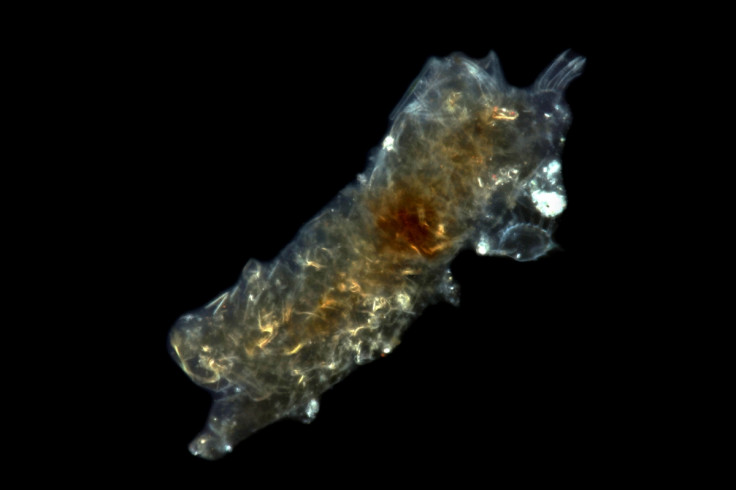Micro-animal water bears encase themselves in 'biological glass' to go decades without hydration

Micro-animals water bears can turn to glass when they dry out, to stop their bodies falling apart from a lack of water.
The tardigrade, or water bear, is almost invisible to the naked eye with a maximum body length of 1.5mm, and is one of the toughest animals on the planet and is known for its ability to survive in extreme weather conditions ranging from a single degree above absolute zero to well above 100C. It can withstand six times more pressure of that of the deepest ocean trenches.
Researchers claim that the proteins in tardigrades can transform between floppy and a hard glass-like casing dependent on their water levels. The tardigrade can go without water for years or even decades, because of its protein make-up. When fully hydrated, their proteins become 'intrinsically disordered proteins' (IDPs) – that is to say floppy and unorganised.
However, when they are deprived of water, the very same proteins begin to fold into a solid case. The scientists believe that this case is a biological glass, and its purpose is to protect parts of its body that would fall apart without water.
"Most life requires water. However, there are some organisms that are able to survive essentially 100% water loss," write the researchers, led by Thomas Boothby from the University of North Carolina. "Understanding desiccation [lack of water] tolerance promises to contribute to many applications, such as engineering of drought tolerant plants and the stabilisation of biomaterials."
When water was added to the tardigrades after they encased themselves in glass, they 'came back around', the glass disappeared, and they carried on as if nothing had happened. The scientists reported these findings at the annual meeting of the American Society for Cell Biology, on December 15 2015.
The researchers took this discovery one step further, too. They tried to find whether the tardigrade's bio-glass could work in other organisms.
They expressed the same proteins in bacteria and yeast, to see if they could survive without water in the case too. Their results showed that they managed a 100-200% increase in their tolerance to go without water.
The next stage for the research is to investigate how the glass casing works during desiccation. The researchers wrote: "We hope to answer fundamental questions about how biological materials can survive desiccation, which could contribute to the engineering of drought-resistant crops and provide an avenue for pursuing [new] technologies."
© Copyright IBTimes 2025. All rights reserved.






















